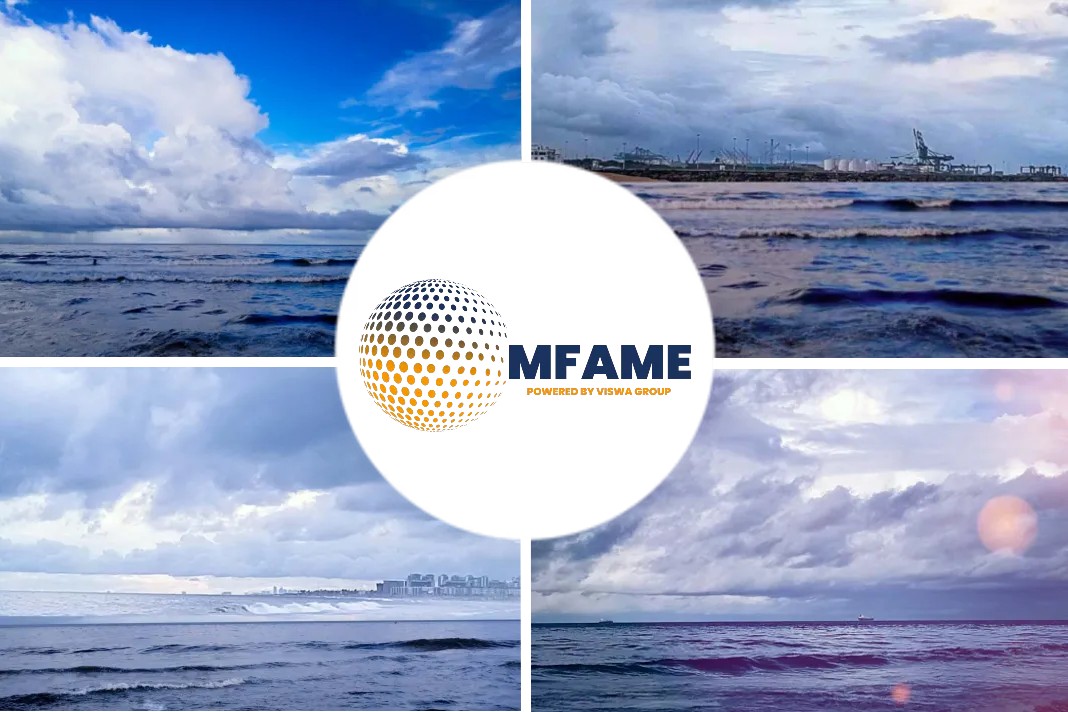Maritime fuels – “The devil that you know” an article was published on Capital link shipping.
Path towards 2050
There is an old cliché along the lines of “The Devil that you know is better than the one that you don’t know.” So it goes with maritime fuel and the path towards 2050. In the past fortnight, we saw dueling reports on fueling alternatives, with the World Bank issuing two tomes (140 pages and 94 pages), while the Sea-LNG Consortium, in conjunction with the Society for Gas as a Marine Fuel (SGMF), issuing another (177 pages).
We can add in some more pages for summaries and press releases- the result is a whole bunch of diagrams and fine print. Interestingly, the World Bank took great pains (the aforementioned 94 pages worth) to debunk LNG as a marine fuel. I am sure that there is a back story in there about why ammonia and hydrogen are the faves, which I will keep secret- I promise if any readers can fill me in.
LNG fuel is indeed the ‘Devil’
Usually, my eyes glaze over when I read anything more complicated than a bareboat charter party, but- as scientific papers (sort of) go, the aggregate 411 pages were not so bad; I understood most of what was being discussed as I embarked on the introductory chapters, and enjoyed the number crunching and data. Both had good diagrams though I would have enjoyed more in the way of maps (the World Bank had a few, SeaLNG did not). In spite of the map thing (hint- Mauritius will be the next bunkering hub), readers who know me can probably see where I am going with this article- LNG fuel is indeed the Devil that we already know.
In essence, the World Bank is pitching fuels and infrastructures that exist mainly on paper, or in futurists’ minds, at this point. Sea-LNG on the other hand is advocating for a fuel that has a smallish (but growing) uptake, with infrastructure for delivery, and good benefits going out over the next 10 – 15 years, maybe longer. By good benefits, I mean good carbon reduction vectors in both the atmosphere, and in financial measures (think about the trajectories of the Annual Efficiency Ratio, or AER, in the Poseidon Principles- which I see have attracted more signatories- including a few from the Asian realm).
Then, it all starts to devolve into “what if?” and “definite maybe”. Issues raised by the World Bank are LNG’s “methane slip” (with SeaLNG countering that it is being drastically reduced) and the potentially stranded asset fate of LNG bunkering infrastructure once LNG goes away as a fuel. SeaLNG then counters that, in the future, the bunkering infrastructure could support certain types of fuel (basically methanol produced from biomasses or liquified synthetic methane), with the World Bank’s rejoinder being that maritime interests would be competing with aviation and others for these fuels that are compatible with the LNG infrastructure.
Again, in this world of uncertain futures, I revert back to something tangible; shipping folks far savvier than me, but folks I’ve shaken hands with (pre-pandemic), have gotten behind LNG fuel. I’ve hung out and had conversations with execs from International Seaways, CMA-CGM, and Total, for example. Other than one foray at Kinkead’s, in Foggy Bottom, Washington, DC, a decade back- before it closed, I can’t say the same thing about the guys/ gals from the World Bank.
411-page voyage
So, these other fuels are a work-in-progress at this point. There is a place for LNG on larger vessels with semi-fixed routes (think cruise ships, VLCCs, and 20,000 TEU+ box boats), while experimentation begins on ammonia and hydrogen solutions. Clearly, I am hoping for some rainy days, so I can continue plowing through my 411-page voyage. If, as the World Bank suggests, future supplies of LNG-replacement fuels compatible with the burgeoning infrastructure will really and truly be an issue (no opinion, I am just a voyager at this point), then the LNG faction needs to get working on this question now. And, it should not be shy, it should proudly broadcast positive developments on the tech and supply front.
Did you subscribe to our daily newsletter?
It’s Free! Click here to Subscribe!
Source: Capital Link Shipping























